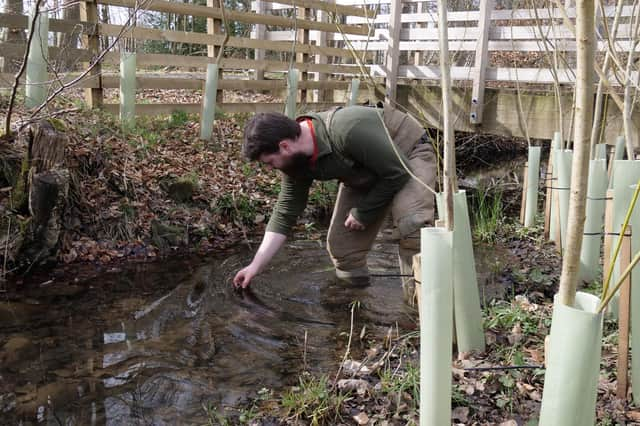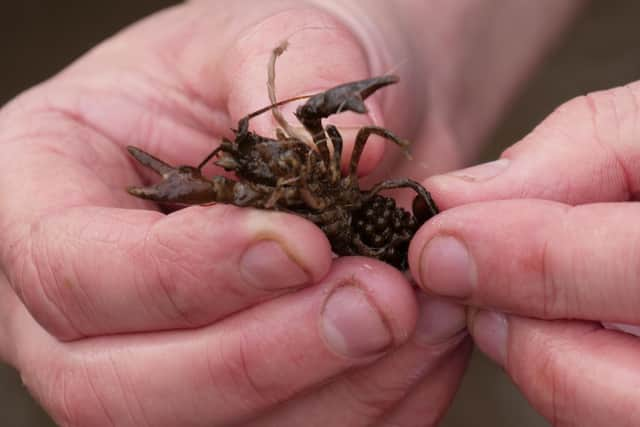Lifeline for endangered crayfish as National Trust creates first ‘Ark’ site in Northumberland


An old cattle drinking hole at Wallington will become the charity’s first ‘Ark’ site for white-clawed crayfish.
Often compared to a miniature lobster in appearance, the white-clawed crayfish is so vulnerable that experts fear it may become extinct.
Advertisement
Hide AdAdvertisement
Hide AdPopulations have more than halved across Europe in recent decades largely due to the spread of the American signal crayfish, which is a bigger species that was introduced to the continent in the 1970s as a restaurant delicacy.


The National Trust hopes to give the native species a lifeline by moving up to 100 of the crustaceans from the River Wansbeck into an ‘Ark’ site – a safe waterbody where it is hoped they will breed.
Rangers have spent 15 months taking water samples, surveying, applying for a handling licence and, most recently, turning the 200-year-old cattle drinking hole into an ideal home for the crayfish using dry-stone walling techniques to create crevices that imitate their natural habitat.
Matthew Fitch, National Trust ranger at Wallington, said: “This species is very much on a knife edge.
Advertisement
Hide AdAdvertisement
Hide Ad“It’s so important we shore up the healthy populations, like the one we’re fortunate to have here on the Wansbeck, as quickly as we can to make sure it doesn’t vanish from our rivers altogether.
“The ‘Ark’ site will not only give us a safe haven for white-clawed crayfish at Wallington, but also contribute to the long-term protection of the animal as the crayfish that are kept here can in theory be used to repopulate other waterbodies.”
The site is fed by a spring, with the water flowing over significant barriers before it reaches the Wansbeck, meaning the chances of signal crayfish or the plague they carry – which is harmless to them, but can decimate white-clawed populations – entering this area are low.
There will be a display tank in the reception area where the public can see crayfish in close detail.
Advertisement
Hide AdAdvertisement
Hide AdWider efforts to protect Wallington’s 54km of waterways are in progress too, including work to stop riverbanks eroding and soil spilling into the water, thanks to funding from the Government’s Green Recovery Challenge Fund, which has also paid for the display tank.